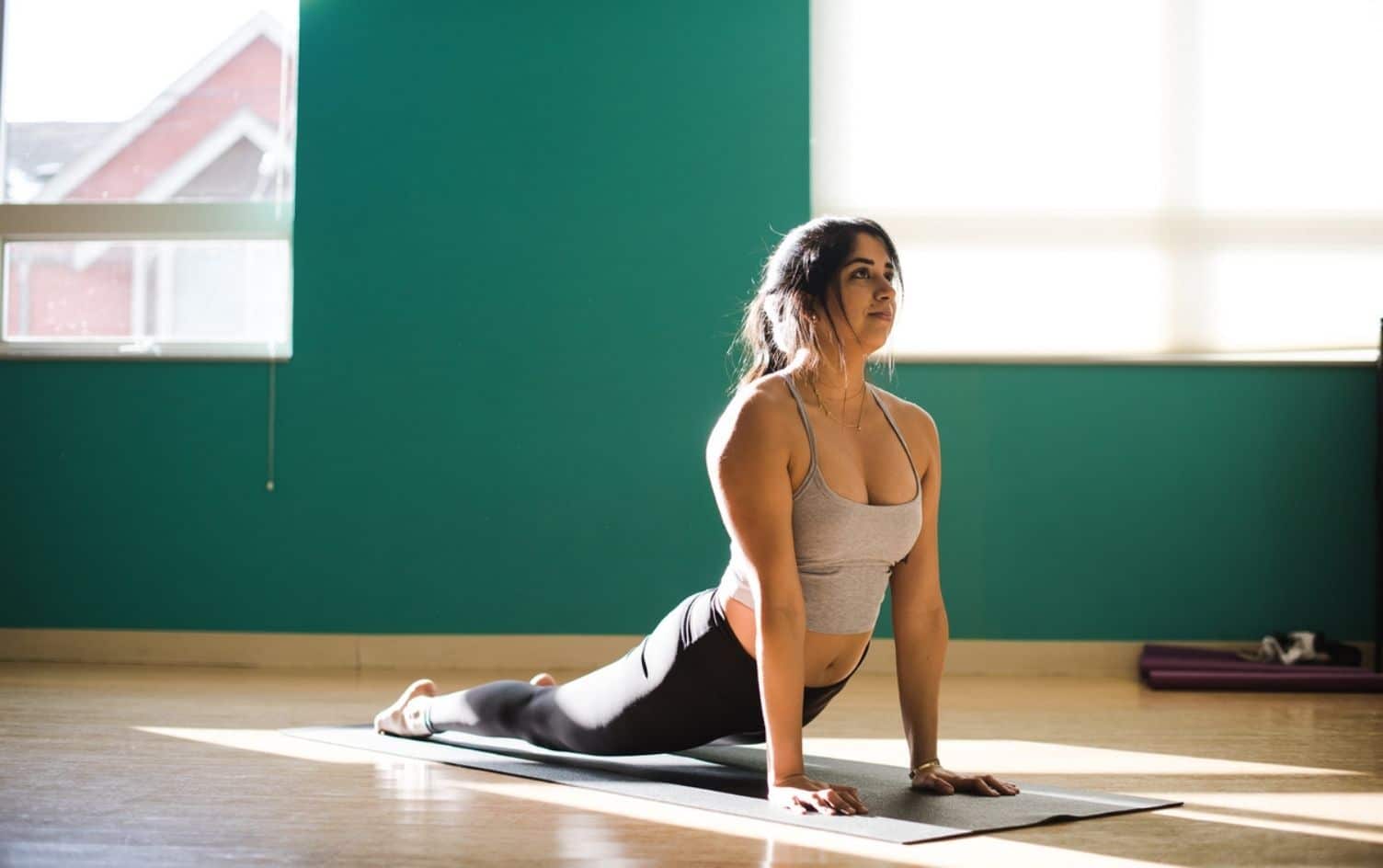Post-exercise recovery is vital for better athletic performance, reaching your goals, and maintaining better health overall. But there are actually different types of muscle recovery and knowing the difference can be helpful to maximize your recovery time and build more strength and endurance in the long run.
“Recovery is a huge part of training, and when you skimp on it, that’s when you tend to see a ripple effect, like fatigue, higher injury rate, less effectiveness in a workout and even sleep issues and body aches,” says Aaron Leventhal, NSCA-certified personal trainer, and owner of Fit Studios in Minneapolis. “Keep in mind, though, that recovery is not synonymous with ‘rest.’ It’s just as much of a strategy as your workout.”
TYPES OF RECOVERY
Here are three main types of recovery and what you can do to make the most out of each:
DURING-WORKOUT RECOVERY
Although they may seem minor, workout breaks while you’re exercising are hugely important, Leventhal says. For instance, you may be doing a HIIT workout and feeling good going into your 60-second break — increasing the temptation to skip it.
But that mini-recovery moment allows you to catch your breath, lets your muscles reset briefly and gives you a mental push for your next round. That allows you to dial up the intensity for your next 30-second work period, making your workout more effective.
IMMEDIATE POST-WORKOUT RECOVERY
Particularly if you’ve done an intense workout session, but even if you’ve gone light, what you do in the next hour can make a significant difference when it comes to muscle recovery, according to trainer Samantha Clayton, a certified personal trainer and former Olympic sprinter.
For the first 20 minutes, keep moving. That might mean simply walking around, doing some dynamic and static stretches, or going through a simple yoga routine. This all helps because many types of exercise shorten your muscle fibers, which can lead to stiffness later, like the next day. A strategic cooldown can help prevent soreness and reduce inflammation.
Clayton suggests having some protein and carbs within an hour or two of your workout. Many frequent exercisers tend to opt for protein shakes or bars since they’re convenient and it’s easy to know how much protein you’re getting, but you can opt for a food-based protein and carb combo as well. Either way, Clayton says this helps recovery, mainly because it lets you replenish glycogen in your muscles, lower blood sugar levels that may have increased with exercise, and bring nutrients to your muscles that they’ll need for repair.
RECOVERY DAYS
When you take recovery days depends on your training program and its intensity. For example, those who are new to exercise are encouraged to build more recovery days into their schedules as their bodies adapt to increased activity.
That doesn’t mean hitting the couch and only getting up when it’s bedtime, though. Instead, many trainers see the benefits of active recovery days, which you might use for a downshift in your activity mix, especially if you use it for cross-training. For example, if you’re a runner, an active recovery day might mean doing a Pilates class for more core work. Or if you’ve been doing strength training, a long walk or easy jog can help build endurance.
READ MORE > THE INS AND OUTS OF MUSCLE SORENESS AND RECOVERY
Of course, rest does play a big role, and there’s absolutely nothing wrong with some couch-and-Netflix time. Recovery days might be the ones where you work on establishing good sleep habits that can carry you through your workout days. Or you could try a reset practice like meditation or mindfulness, so your brain is getting a break as well as your muscles.
THE BOTTOM LINE
In general, see recovery as an opportunity, Leventhal suggests. It’s not just a short-term or day-long break from your workout routine; recovery is an essential component of your health that can keep you going strong for the long term.
Unlock an experience that’s like having a dietitian, trainer and coach at your fingertips. Sign up for Premium for expert guidance and tools to help you reach your personal health goals.




